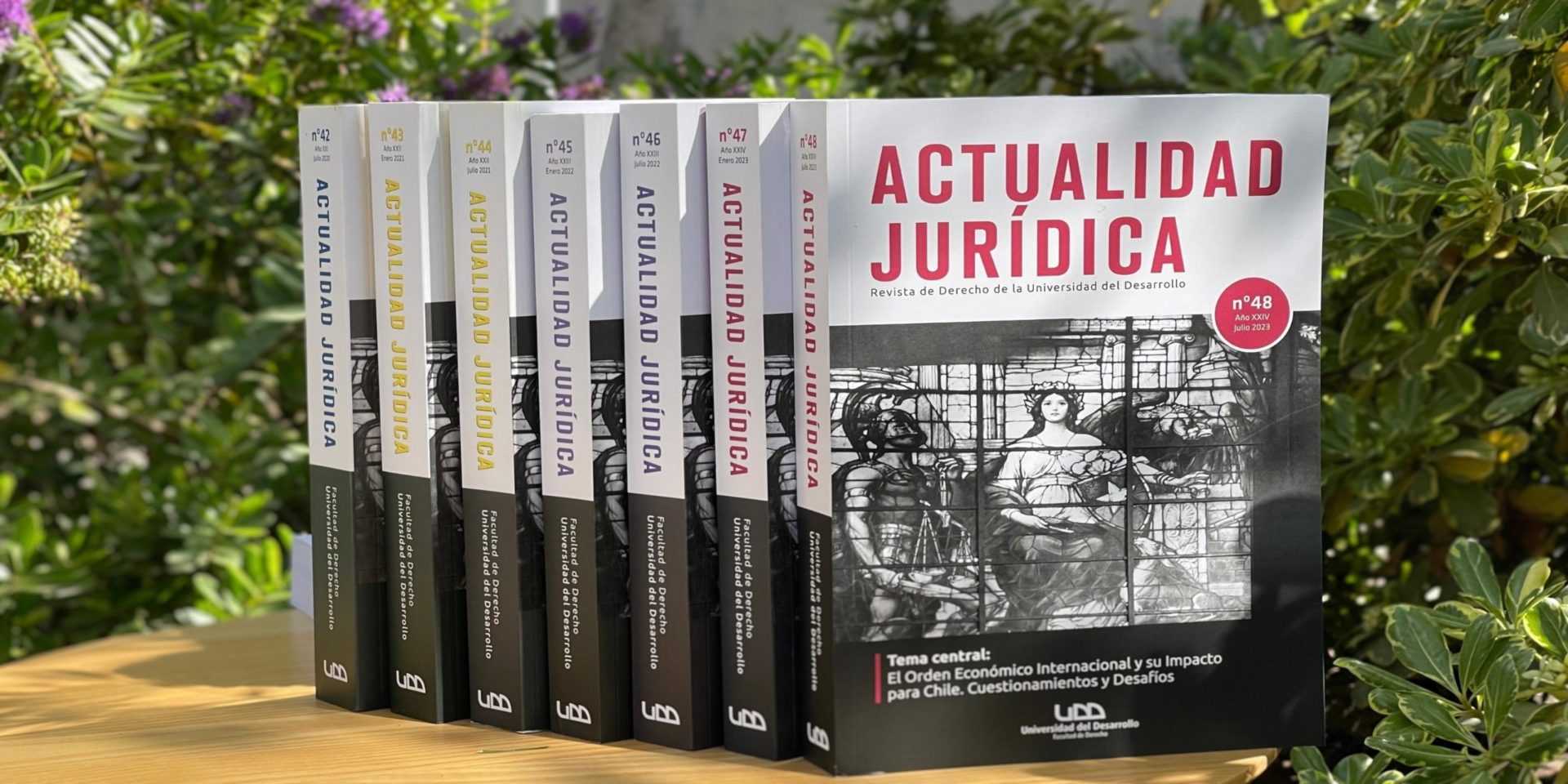Residuos y cambio climático: mecanismos para una gestión integrada
Resumen
En este artículo identificamos y analizamos los instrumentos de la Ley n.º 20920 –que Establece Marco para la Gestión de Residuos, la Responsabilidad Extendida del Productor y Fomento al Reciclaje– y la Ley n.º 21455 –Ley Marco de Cambio Climático–, que permiten integrar la economía circular y gestión de residuos, con la gestión del cambio climático, y lograr objetivos comunes, esto es, prevenir la generación de residuos y manejarlos adecuadamente para contribuir en la reducción de las emisiones de GEI y alcanzar la meta de carbono neutralidad. Para tales efectos, nuestro trabajo describe la relación entre los residuos y el cambio climático, así como la realidad en el ámbito nacional con respecto al manejo de residuos y los esfuerzos realizados desde la política pública para hacer frente a esta situación; identifica y describe los distintos instrumentos de las Leyes n.º 20920 y n.º 21455 y, finalmente, realiza un análisis de tres componentes que representan oportunidades entre ambos cuerpos normativos para lograr la integración en comento, a saber:
i) instrumentos para la gestión integrada de residuos y el cambio climático;
ii) medios habilitantes comunes; y,
iii) involucramiento de los regulados.
Abstract
This paper identifies and analyzes the regulatory instruments of Law No. 20,920 –‘Waste Management, Extended Producer Responsibility and Promotion of Recycling’ Act– and Law No. 21,455 –‘Climate Change Framework Law’– which allow the integration of both circular economy and waste management, with climate change management. These instruments can interact to achieve common goals, that is, prevent the generation of waste and manage
it properly to contribute in reducing greenhouse gas emissions and achieving carbon neutrality. In this context, this paper describes the interaction between waste and climate change; the national context regarding waste generation as well as public policy efforts addressing this problem; identifies and describes the regulatory instruments of Laws No. 20,920 and No. 21,455; and finally, analyzes three aspects that represent opportunities for both regulations to
achieve common goals:
i) instruments for integrated waste and climate change management;
ii) common enabling instruments; and,
iii) involvement of the private sector.
